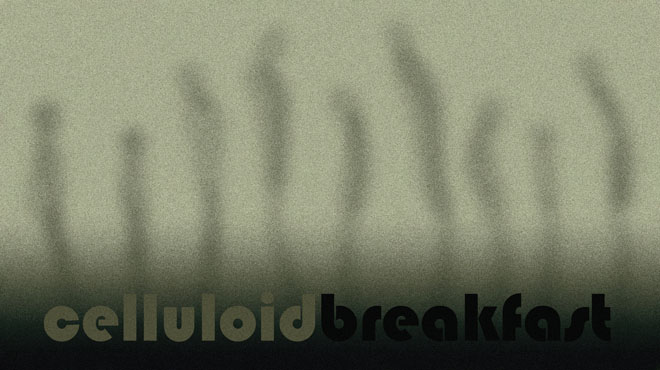Forgács’ interpretation of Péter Nádas’ novella is reminiscent of Peter Greenaway, creating a new text from several existing texts, and the bricolage of dozens of people’s lives hint at reincarnation or a desire to be anyone else. Newly shot footage flows adds motion to an otherwise sedentary slideshow, and intimacy is afforded to images of fingers and faces through use of gentle musique concrète, care of Béla Tarr’s frequent collaborator Mihály Víg. Whether deliberate or not, the narration is frustratingly anodyne and monotone, and one wonders if we are meant to celebrate the protagonist’s ability to articulate his pain, or to merely suffer with him. Moreover, the man’s thoughts often feel repetitive and steal the footage of some great mythic potential. An intriguing experiment, but one that never leaps off the screen as it should.






No comments:
Post a Comment